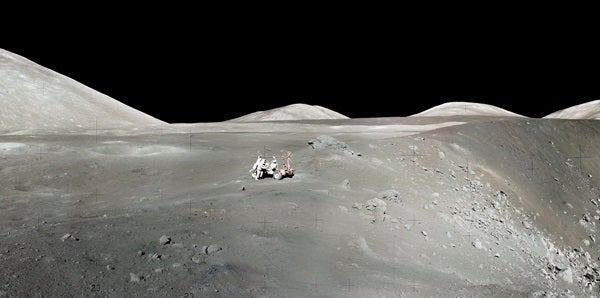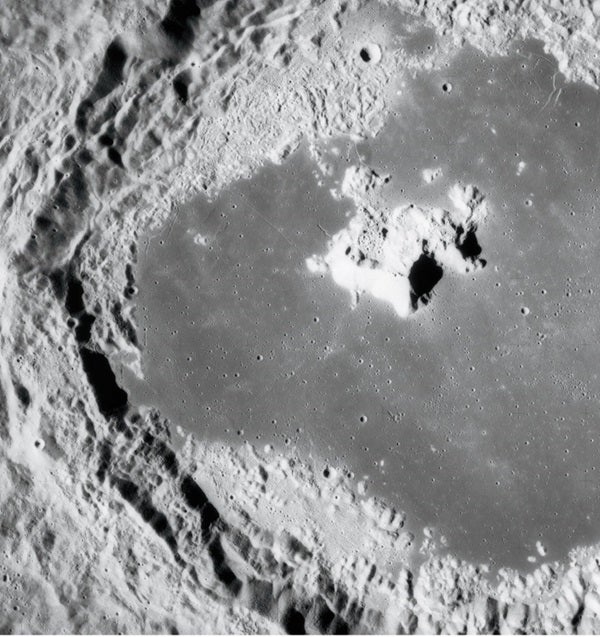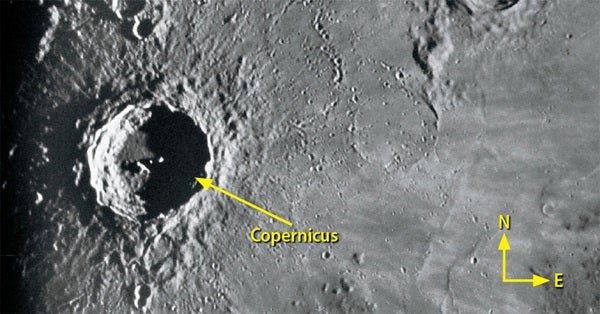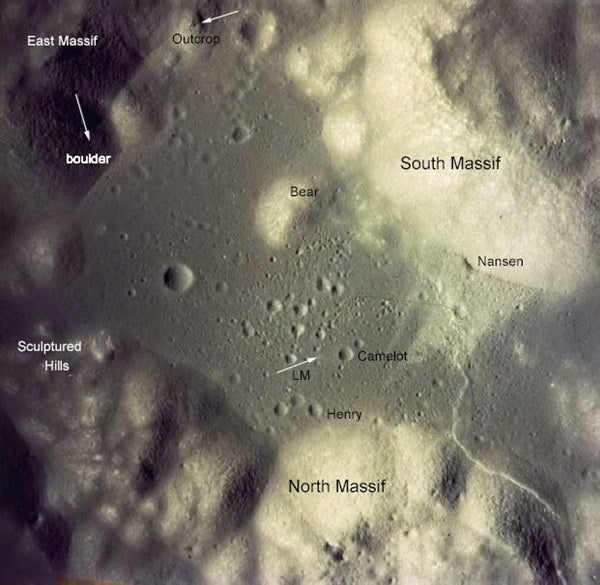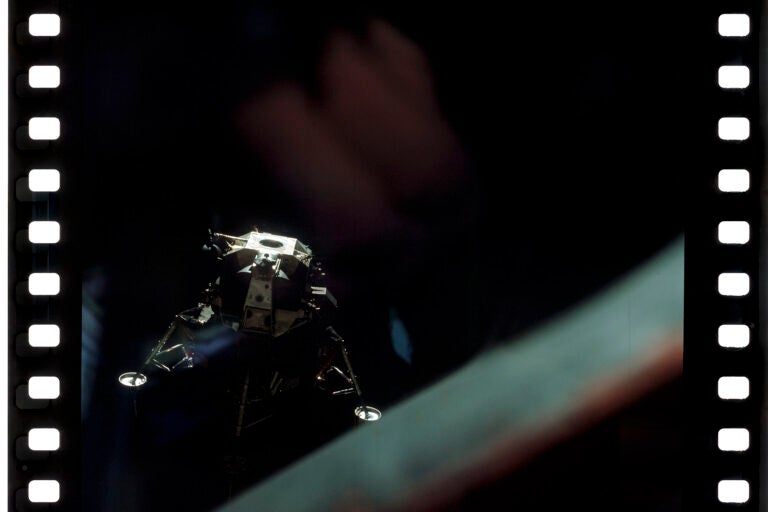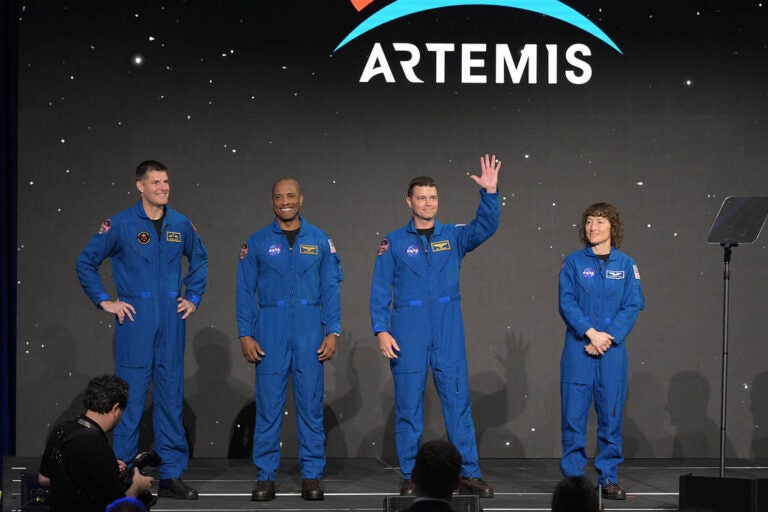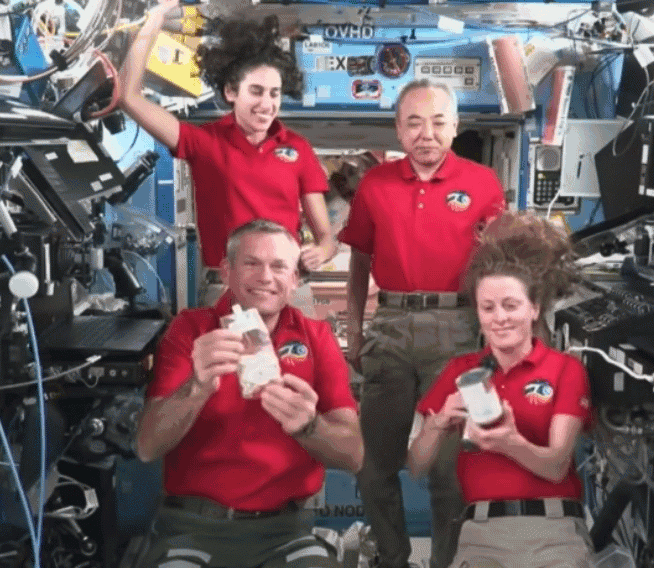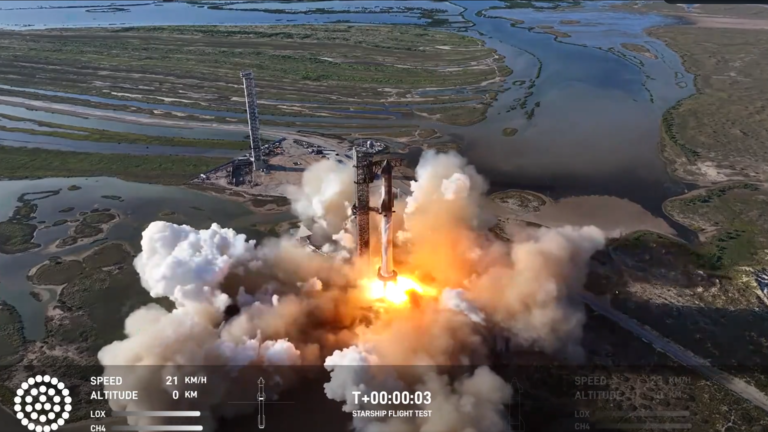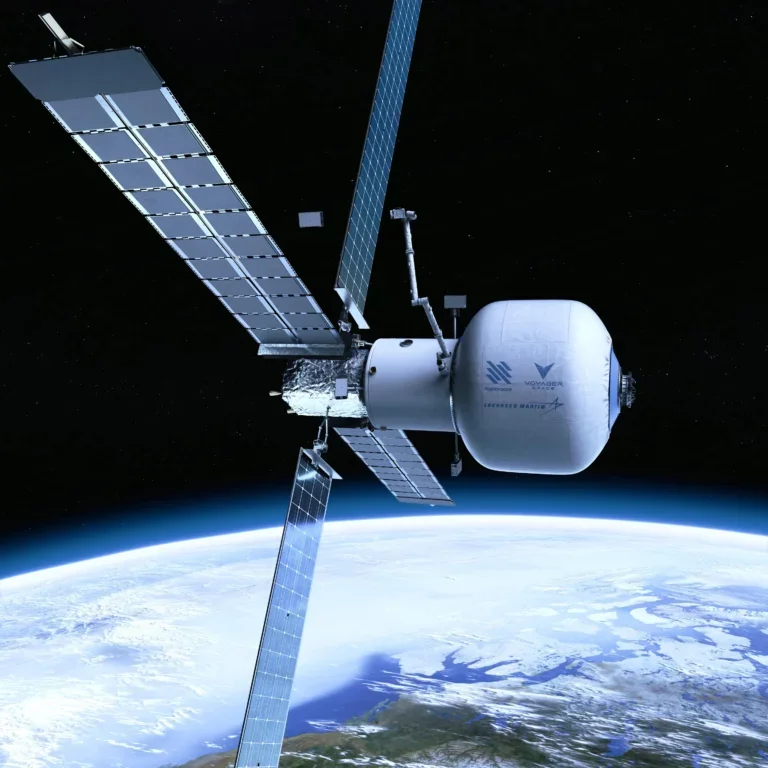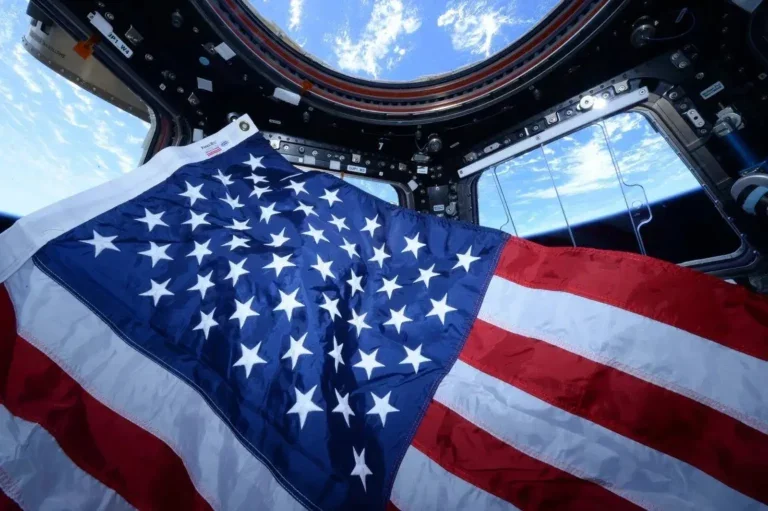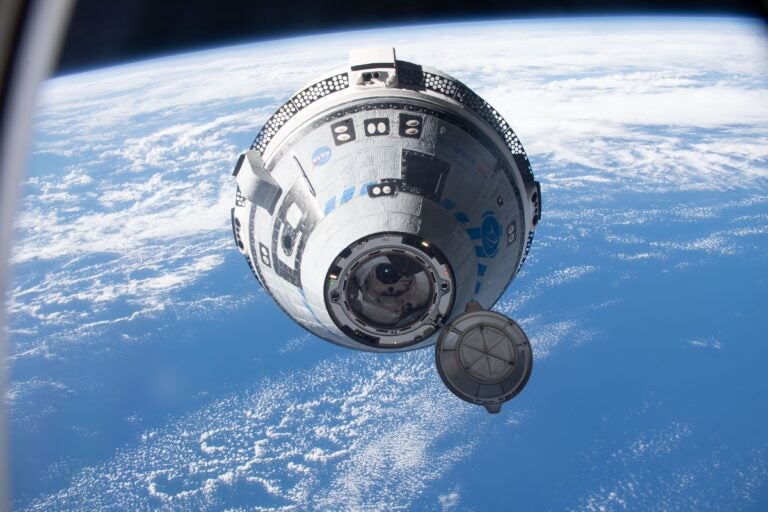This was it. Apollo 17 was set to be the last mission of the Apollo program, as well as the last time humans would land on the Moon for the foreseeable future.
In the previous three-and-a-half years, NASA saw five Lunar Modules (LMs) land 10 Apollo astronauts on the Moon’s surface. The knowledge gained from these missions — primarily from the rocks and soil the astronauts returned — was nothing short of revolutionary. And since the first lunar samples were returned to Earth in July 1969, the story of the Moon’s birth and evolution was being rewritten almost daily.
But as Apollo 17 approached, our understanding of the Moon’s history remained incomplete. The Moon rocks and soil collected so far were dominated by materials from lowland lunar maria (Latin for “seas”). However, the Moon is mostly composed of highland material, which accounts for nearly 85 percent of the lunar surface.
Scientists knew a complete picture of lunar evolution couldn’t possibly be developed without highland samples. And Apollo 17 would be the last chance for astronauts to gather such material. So, NASA decided Apollo 17 should land at a highland site. The only question was where?
Apollo 17 narrows down possible landing sites
During the early stages of planning for the Apollo 17 mission, Harrison “Jack” Schmitt, a geologist who would later be named the LM Pilot for Apollo 17 — ultimately becoming the first professional scientist to fly to the Moon — proposed that they should land on the farside of the Moon in Tsiolkovsky Crater.
Tsiolkovsky Crater would not be in the highlands, but it would give the astronauts access to mare material from the poorly understood lunar farside. It would also perhaps provide access to lunar material from deep inside the Moon’s crust that had been “splashed” up into Tsiolkovsky’s central peak during the impact that birthed the crater.
Schmitt even managed to line up a couple of spare TIROS weather satellites that could be launched into lunar orbit to relay voice and data between astronauts at a farside landing site and Mission Control on Earth. Unfortunately, the added cost of the satellites, not to mention the risk of a farside landing, was something NASA management couldn’t swallow. Such a spectacular mission to Tsiolkovsky Crater would have to wait for a later generation of lunar explorers.
The actual decision on where Apollo 17 would land was to be made by the Apollo Site Selection Board (ASSB). This group of scientists, engineers, and managers was responsible for weighing the scientific goals against the operational requirements of each potential Apollo landing site.
In the early days of the Apollo Program, the Board leaned toward sites that were safe and easily accessible, if not the most scientifically interesting. That’s why smooth mare areas were chosen for the first three Apollo landings.
However, the last three Apollo Moon landings (known as “J Missions”), were entirely focused on serious scientific exploration of the Moon. That led to the selection of landing sites that were scientifically intriguing, even if the operational aspects — rugged terrain, landing approach paths through mountain passes, etc. — were much more challenging.
The next-to-last meeting of the ASSB was held in June 1971, one month before the launch of Apollo 15, which was the first of the J Missions. At this meeting, the Descartes highland plains were selected as the landing site for Apollo 16, and the crater Alphonsus was selected as one of the prime candidates for the Apollo 17 landing.
The other candidate sites for Apollo 17 included the central peaks of the craters Copernicus and Gassendi; a “pure highland” site in the southwest corner of Mare Crisium; and a combination highland-volcanic site on the southeast edge of Mare Serenitatis (“Sea of Serenity”). The Serenitatis site was classified as a volcanic site based on photographs taken by Apollo 15 Command Module (CM) Pilot Al Worden, which seemed to indicate the presence of volcanic craters. At this site, astronauts would be able to gather both older highland samples and younger volcanic samples, a prospect which generated much excitement among the lunar science community.
The final meeting of the ASSB occurred on Feb. 11, 1972, at NASA headquarters in Washington, D.C. A couple of months prior to this meeting, geologist Noel Hinners, the Chairman of the ASSB, had sent a letter to 32 lunar scientists closely associated with the upcoming Apollo 17 mission. Hinners’ letter asked the scientists to objectively evaluate the candidate landing sites identified by the ASSB during the June 1971 meeting.
Copernicus Crater was quickly eliminated as a candidate because the Apollo 12 crew had already collected samples from one of Copernicus’ crater rays, making a landing there redundant. Mare Crisium was eliminated because it was accessible to one of the Soviet’s uncrewed Luna sample-return spacecraft. (In fact, Mare Crisium was visited by the Luna 20 spacecraft just a few days after the last ASSB meeting.)
That left Gassendi Crater, Alphonso Crater, and Mare Serenitatis as viable landing sites for Apollo 17. After weighing the scientific and operational aspects of each site, the consensus of the 32 scientists was that Mare Serenitatis topped the list of candidates.
Apollo 17 targets Taurus-Littrow valley
The ASSB unanimously decided that Apollo 17 would land in the southeast corner of Mare Serenitatis, near the Taurus mountain range and the crater Littrow. This charming little valley is nestled between two soaring mountain ridges named North Massif and South Massif. These Massifs are so tall that the valley floor between them is deeper than the Grand Canyon!
The landing site didn’t even have a name before it was selected. But the Apollo 17 crew quickly (and logically) named the area Taurus-Littrow.
Taurus-Littrow is not only a beautiful location, it also contains a unique mix of lunar geological features. Its huge massifs were probably formed by the impact that created the Serenitatis basin. And together, they create a classic graben, a geological feature that occurs on Earth when two parallel mountains rise up, forming a deep valley between them. A lunar graben has different origins than an Earth graben — the lunar mountains formed as a result of a giant impact — but the result was the same: a small, square valley tucked between the massifs.
The eastern end of Taurus-Littrow valley was partially closed off by another mountain range called the East Massif. And near the East Massif lay the Sculptured Hills, an odd-looking assortment of knobby hills whose rounded shapes looked very different from the blocky Massifs, hinting at an origin very different than that of the Massifs. Capping off the diverse geology of the site, the western edge of Taurus-Littrow hosts a large scarp that snakes across the valley, eventually rising about 1.2 miles (2 kilometers) above the floor.
The valley also contains a slew of interesting craters that appeared to be volcanic in nature. Additionally, there were “streaks” of dark material overlaid on the massifs, which many geologists interpreted as the products of volcanic outbursts that spewed material out onto the mountains. One particular crater — nicknamed “Shorty” by the Apollo 17 crew, after a character in the Richard Brautigan novella Trout Fishing in America (1967) — had many of the hallmarks of a volcano cinder cone. This meant it could possibly provide an opportunity to sample young, volcanic soil and rocks, checking off one of the major objectives of Apollo 17.
Also, NASA had tantalizing images of boulders near the bottoms of the massifs, located at the end of tracks descending from higher up on the mountains. These boulders could be pristine samples of the early lunar crust that had been excavated by the impact that formed Mare Serenitatis and the massifs. Finally, there was clear evidence of a landslide on the South Massif, where lighter material had spilled off the mountain and into the darker valley floor below, allowing for easy sampling.
All-in-all, the Taurus-Littrow valley offered the very real possibility of collecting both very young and very old lunar material. The landing approach would be difficult: During the latter part of the descent, the LM would literally fly below and in between the massifs’ peaks, which were only about 4.3 miles (7 km) apart. Plus, the landing trajectory and lighting conditions necessary for landing would require NASA to carry out a night launch of the Saturn V booster rocket, a first. Nonetheless, everyone agreed that the anticipated scientific payoff of Taurus-Littrow was more than worth the added complexity and risk.
So, Taurus-Littrow it was. The final landing site of the Apollo program absolutely held promise. But it wasn’t until astronauts Cernan and Schmitt landed and explored the beautiful valley that scientists knew for sure they were right.
Michael Engle retired from NASA in 2018 after a 38-year career, during which he worked as a Space Shuttle flight controller, an astronaut training engineer, and finally as the Chief Engineer for Flight Safety in the Astronaut Office.

